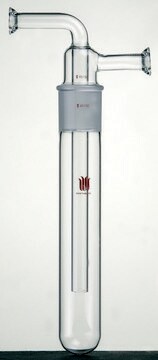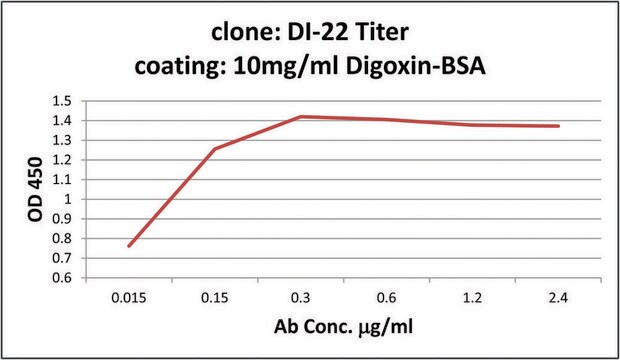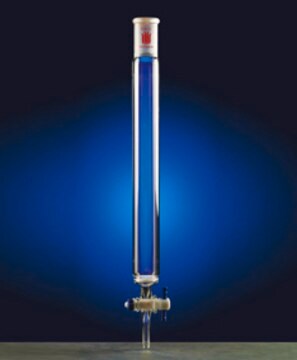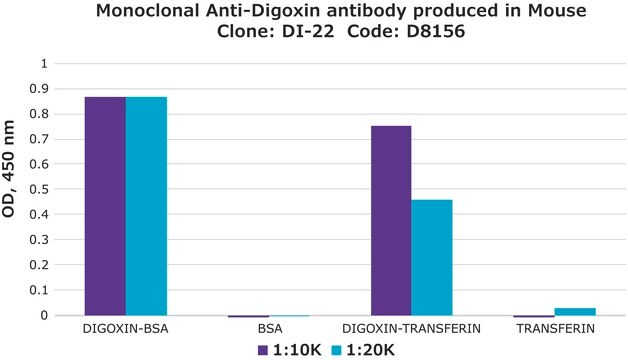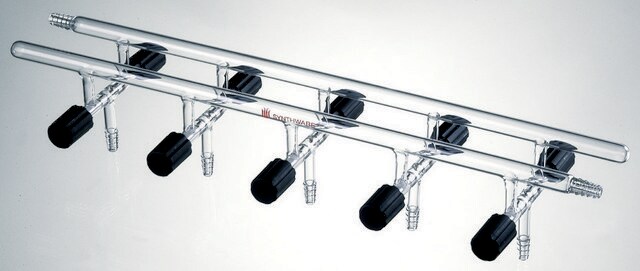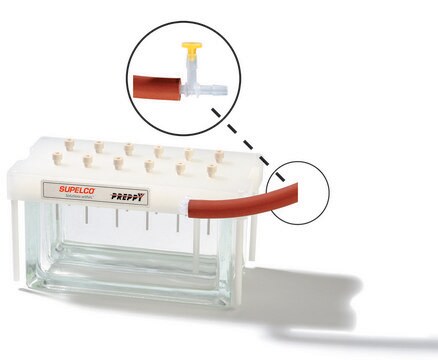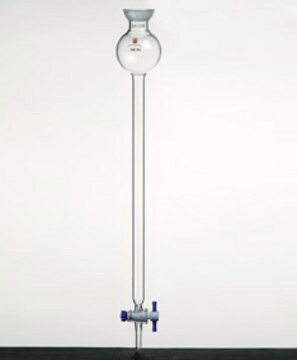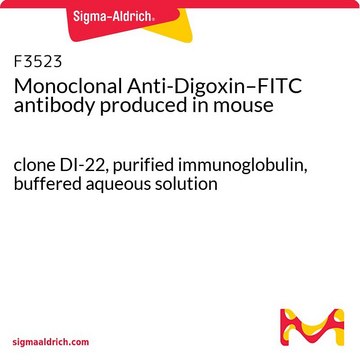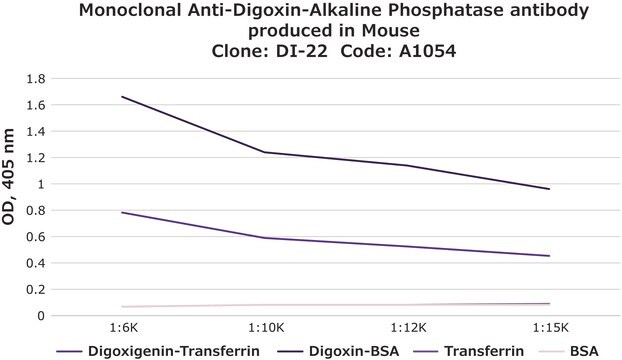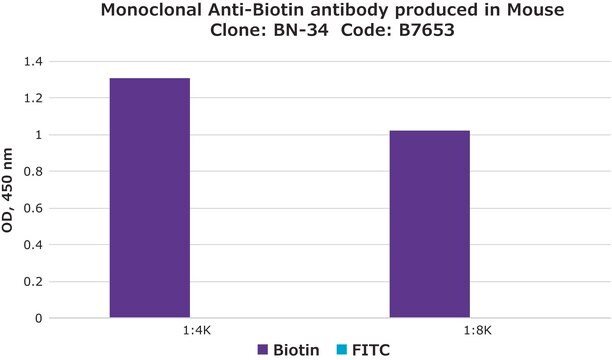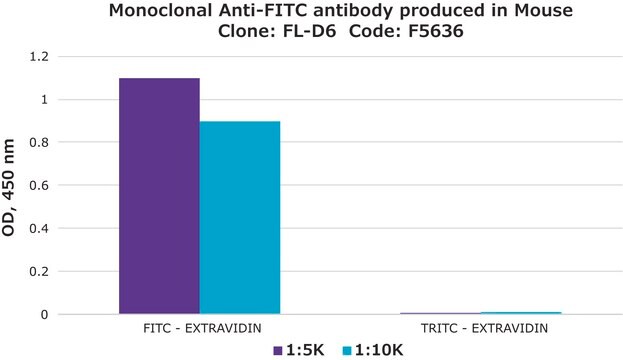11333062910
Roche
Anti-Digoxigenin
from mouse IgG1κ (clone 1.71.256)
Sinónimos:
anti-digoxigenin, digoxigenin
About This Item
Productos recomendados
origen biológico
mouse
Nivel de calidad
conjugado
unconjugated
forma del anticuerpo
purified immunoglobulin
tipo de anticuerpo
primary antibodies
clon
clone 1.71.256, monoclonal
Formulario
lyophilized
envase
pkg of 100 μg
fabricante / nombre comercial
Roche
técnicas
ELISA: 2-4 μg/mL
immunocytochemistry: 0.5-2 μg/mL
immunohistochemistry: 0.5-2 μg/mL
western blot: 0.5-2 μg/mL
isotipo
IgG1κ
temp. de almacenamiento
2-8°C
Descripción general
Especificidad
Aplicación
- ELISA
- Immunohistocytochemistry
- In situ hybridization
- Western blot
- Immunofluorescence staining
- FISH (fluorescent in situ hybridization)
Acciones bioquímicas o fisiológicas
Características y beneficios
- Specific to free and bound digoxigenin
- The antibody is not stabilized with protein and therefore suitable as coating antibody in Sandwich-ELISAs and for labeling procedures. For example it can be conjugated with enzymes or fluorescence dyes for direct detection of digoxigenin-labeled samples.
Nota de preparación
- ELISA: for coating: 2 to 4 μg/ml
- Immunohistocytochemistry: 0.5 to 2 μg/ml
- In situ hybridization: 0.2 to 0.4 μg/ml
- Western blot: 0.5 to 2 μg/ml
Working solution: For coating applications
phosphate buffered saline, pH 7.4
Reconstitución
Almacenamiento y estabilidad
Nota de análisis
Otras notas
¿No encuentra el producto adecuado?
Pruebe nuestro Herramienta de selección de productos.
Palabra de señalización
Warning
Frases de peligro
Consejos de prudencia
Clasificaciones de peligro
Skin Sens. 1
Código de clase de almacenamiento
11 - Combustible Solids
Clase de riesgo para el agua (WGK)
WGK 3
Punto de inflamabilidad (°F)
does not flash
Punto de inflamabilidad (°C)
does not flash
Elija entre una de las versiones más recientes:
¿Ya tiene este producto?
Encuentre la documentación para los productos que ha comprado recientemente en la Biblioteca de documentos.
Los clientes también vieron
Artículos
Digoxigenin (DIG) labeling methods and kits for DNA and RNA DIG probes, random primed DNA labeling, nick translation labeling, 5’ and 3’ oligonucleotide end-labeling.
Nuestro equipo de científicos tiene experiencia en todas las áreas de investigación: Ciencias de la vida, Ciencia de los materiales, Síntesis química, Cromatografía, Analítica y muchas otras.
Póngase en contacto con el Servicio técnico
